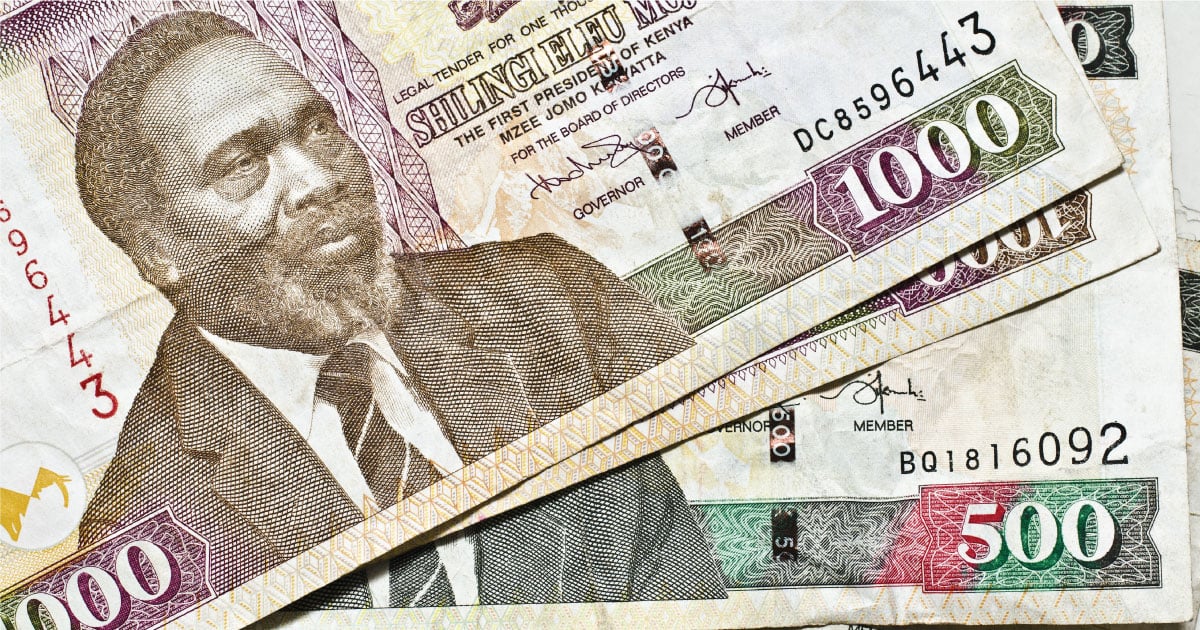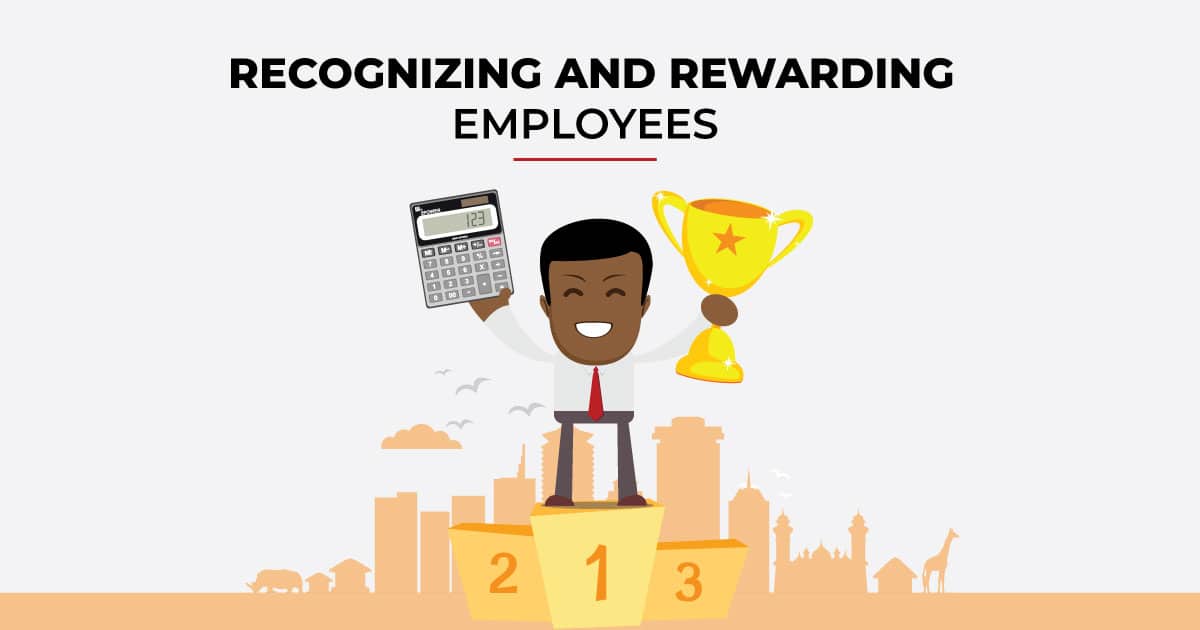Everyone likes being recognized and rewarded for their good work. Recognition involves acknowledging an employee’s hard work, efforts, sacrifice and behavior that have contributed to attainment of the company’s goals and objectives.
Table of Contents
Types of Employee Recognition

Daily Recognition
This kind of recognition is immediately after an employee goes out of their way to achieve something. It could be a stop by their desk and congratulate them for a good call, a pat on their back at the water dispenser or a mention during the daily meetings of how they came through in a certain way.
Informal Recognition
This is periodical recognition that you can show to employees who have performed exceptionally. It can be during a weekly or monthly meeting.
Formal Recognition
This is usually in the form of gestures that reward employees for exceptional services rendered. This kind of recognition is mostly accompanied by events that culminate in gifting the employees being celebrated.
Importance of Employee recognition
Any business owner who values great talent understands that they have a responsibility of establishing a sound recognition program. Here are the main benefits of employee recognition;
Employee Recognition boosts employee engagement
A survey by BrighterMonday revealed that that the general employee engagement rate stands at 27%. This means that levels of attrition are high in companies both locally and internationally. Engaged employees stay longer in companies, are more motivated and tend to perform better. While employee recognition may not be the main contributor to employee engagement, it plays a big role in fostering motivation, relationships and even teamwork.
Employee Recognition increases employee loyalty
Loyalty is a result of mutual respect in a relationship. Employer-employee relationships, most of the time, do not feel mutually beneficial. Employees might feel disadvantaged when they ‘go beyond their call of duty’ and the effort goes unrecognized. Such feelings graduate to demotivation and eventually resentment. A resentful employee usually has one foot already out of the company.
Employee recognition boosts business performance
This job market report by BrighterMonday highlighted the high desire in Kenyan employees to change jobs. The situation here paints a picture of employees who are more keen on leaving than hitting current targets. When you have employees who are halfway gone in the workplace, they only do the bare minimum. This means that your business targets are either just plateauing or even deteriorating. Employee recognition boosts motivation which translates to individual and team performance and ultimately improves business performance.
Employee recognition improves workplace collaboration
Employees who are motivated as a result of genuine and sound recognition programs always want to do their best to improve their company’s bottom line. They understand that their good performance will translate to the company’s performance and general revenue which will the trickle to their own remuneration and recognition. They, therefore, work hard and together to ensure everything falls into place. Additionally, engaged employees are happier and interact better amongst themselves.
How to Build an Effective Employee Recognition Program

You might be an employer or HR practitioner who understands the value of employee recognition, but hasn’t gotten down to actually setting up a program. It is not that difficult. The simple guidelines below will give you an outline of what to consider;
- Clearly define the program and plan for it
- The program should take into consideration legal issues and company policies
- Ensure all communication channels are open horizontally and laterally across the company
- The program must take into account all employees regardless of role or level of superiority
- Achievements must be clearly defined to avoid grey areas and ambiguity
- The program’s main purposes should be employee retention, employee engagement and motivation
- The program should allow for both formal and informal rewarding systems
- Constant upgrade of program parameters should be considered to avoid predictability, apathy or saturation.
Steps to Setting Up a Sound Employee Recognition Program
1. Identify the Objective of the Recognition Program
You need to come up with a long-term goal of the recognition program by identifying what you want to achieve. Also, set up parameters and metrics that will help you measure the performance of your program. If one of your KPIs was engagement, has it increased over a certain time period? Do employees seem happier? Are more employees willing to go the extra mile? Most of these results cannot be measured in absolutes, but via general performance. To get absolutes. you could consider sending periodic employee surveys then track levels of engagement and satisfaction.
2. Establish a Budget

Impactful employee recognition will require you as an employer to spend on the program. You need to bear in mind the financial status of your company, frequency of the formal and informal reward sessions and the program expectations. Speak to your finance team, managers and the HR team. Remember that the recognition program is set up to improve company performance. It should run on little or no costs to ensure a healthy revenue status.
3. Set Guidelines for the Program
As the company’s HR department, you should set the guidelines for the program taking into considerations the issues mentioned earlier in this article. The program should also be set in line with the company’s vision, mission and core values in order for it to be seamlessly ingrained in the company culture. These guidelines should be communicated to the committee and the entire employee fraternity so everyone is aware of the limits. You should also take into consideration exceptional cases or those that go past the expected and how to handle them.
4. Set Up a Committee
The purpose of this committee is inclusion and representation. It should have an employee from all departments and if possible mix up the superiority levels. This should be done without bloating the committee. The purpose of the committee will be handling all things related to the recognition program, getting suggestions from the larger team and making decisions. This will help improve the program and even create surprises for employees.
5. Ideate on the Reward Items
The bigger your reward list, the more diversity and options for rewards you will have. You can suggest that everyone gives suggestions from time to time and the committee will take it int consideration basing on the program guidelines and budget. Here are suggestions for rewards;
- Cash
- Bonus
- Gift coupons
- Short vacations
- Insurance-related benefits
- Gadgets
- Free lunch and dinners
- Free taxi rides
- Visual recognition e.g framed photos of employee of month in the office
6. Communication with Employees

Once everything is figured out, its tie to make the big announcement. this can be done in a quick town hall meeting or an email. Ensure that all important details of the program are captured in your communication. Employees should understand how and when they are eligible for rewarding. Create an opportunity for follow up questions and reactions from the employees. Encourage them to air their thoughts which will then be considered by the committee for improvements. The process should be fair and unbiased and employees should feel that way, otherwise you may not get their buy-in and support.
Employee Recognition and Reward Forum
Do you wish to learn more on employee recognition practices that work locally? Join us at our quarterly HR forum as local experts in the field unpack this concept further.





